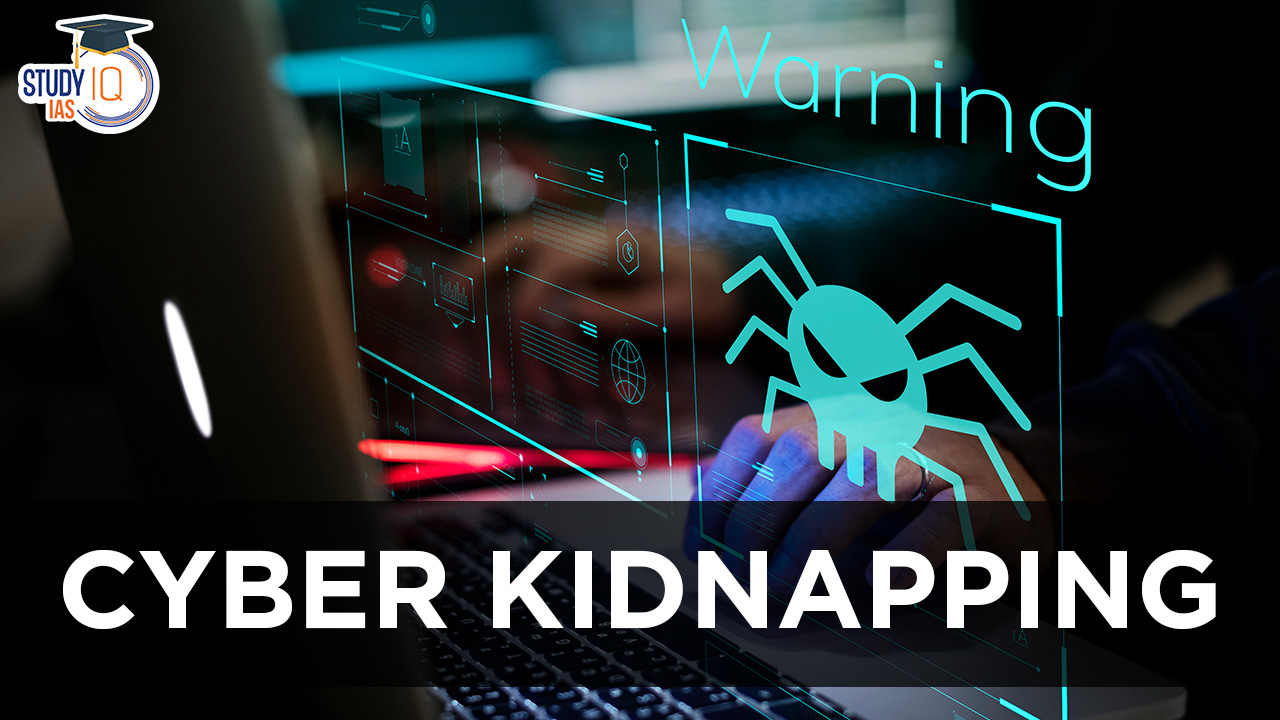Table of Contents
Kai Zhuang, a 17-year-old Chinese exchange student, fell prey to a “cyber-kidnapping” scam, resulting in his parents being extorted $80,000. Despite the ransom payment, he was found alive but distressed in a Utah wilderness tent. In “cyber kidnapping,” criminals exploit unauthorized access to computer systems, demanding payment to restore access or prevent sensitive information release. This form of digital extortion highlights the vulnerability of individuals to cybercrimes, leading to real-world consequences and emotional distress.
We’re now on WhatsApp. Click to Join
What is Cyber kidnapping?
Cyber kidnapping is a type of cybercrime where attackers gain access to computer systems or data and demand ransom in exchange for restoring access or preventing the release of sensitive information. It is a type of extortion carried out in the digital realm.
Cyber kidnapping typically involves the following:
- Convincing the victim to hide: The “kidnappers” convince their victim to hide, and then contact their loved ones for ransom.
- Taking pictures: The victim is also made to send pictures that make it look like they are being held captive. These are then shared with the family.
- Monitoring the victim: The attackers monitor the victims through video chat and use pictures captured by them in isolated conditions to extort money from their families.
The victims comply under the belief their family will otherwise be harmed.
Emerging Threat of Cyber Kidnapping
The rising threat of cyber kidnapping involves attackers infiltrating computer systems, demanding ransom to prevent data exposure or regain access. Tactics include convincing victims to hide, contacting loved ones for ransom, and using staged captive photos. This digital extortion is on the rise, emphasizing the need for heightened cybersecurity measures to counteract evolving cyber threats and protect individuals and organizations from potential harm.
Types of Cyber kidnapping
While “cyber kidnapping” primarily refers to a digital extortion scenario involving unauthorized access to computer systems, it doesn’t traditionally have subtypes. However, within the broader context of cyber threats, related activities can include:
| Type of Cyber Kidnapping | Description |
| Ransomware Attacks | Encrypts user data, demands payment for decryption. |
| Virtual Kidnapping Scams | Deceptive schemes, falsely claiming a loved one’s kidnapping. |
| Data Hostage Situations | Hackers control critical data, demand payment for safe release. |
| Device Hijacking | Remote takeover of a victim’s device, ransom demanded. |
| Account Hijacking for Ransom | Cybercriminals access online accounts, demand payment for control. |
How can you protect yourself from cyber kidnapping?
If contacted by a cyber kidnapper, promptly inform the police and cease communication. Never send money. To prevent cyber crimes, stay vigilant, follow advice from agencies like the US Cybersecurity and Infrastructure Security Agency:
- Employ security apps and multi-factor authentication.
- Regularly update software and install malware protection.
- Avoid clicking on suspicious pop-ups or links from untrusted sources.
- Utilize strong passwords, keep confidential information secure, and consider a password manager for organization.
Measures Needed to Prevent Cybercrime
Here are some measures you can take to prevent cybercrime:
- Use strong passwords: Use strong and unique passwords for each online account. Change them regularly.
- Use security software: Use a full-service internet security suite, security software, and anti-virus software. Keep your software and systems updated.
- Use multi-factor authentication: Set up two-factor or multi-factor authentication (MFA) on accounts that allows it.
- Be aware: Think before you click. Be aware of pop-ups and fraudulent emails. Don’t click on anything in unsolicited emails or text messages.
- Protect your identity: Manage your social media settings. Protect yourself from identity threats. Freeze your credit. Use credit cards with chips, not debit cards.
- Use firewalls: Firewalls are the first line of cyber defense. They block connections to unknown or bogus sites and will keep various viruses and hackers.
- Use encryption: Cybersecurity controls include encryption.
- Be aware of security breaches: Keep up to date on major security breaches. Check CERT-In updates on a regular basis.
- Be aware of your surroundings: Lock or log off your computer when you step away. Go offline when you don’t need an internet connection.
- Share less online: Consider sharing less online.
- Get cyber insurance: Get the right cyber insurance policy.
Cyber Kidnapping UPSC
Cyber kidnapping, exemplified by Kai Zhuang’s case, involves unauthorized access to systems, and demanding ransom. Tactics include convincing victims to hide, staged photos, and monitoring through video chat. Rising threats necessitate heightened cybersecurity. Cyber kidnapping types encompass ransomware attacks, virtual kidnapping scams, data hostage situations, device hijacking, and account hijacking. Protection involves police involvement, no payments, security apps, updates, multi-factor authentication, cautious clicking, identity safeguarding, firewalls, encryption, breach awareness, offline measures, minimal online sharing, and cyber insurance. These comprehensive measures aim to prevent cybercrime and mitigate the impact on individuals and organizations.


 Patriot Missile System: Features, Capabi...
Patriot Missile System: Features, Capabi...
 Women in STEM Careers, Importance, Oppor...
Women in STEM Careers, Importance, Oppor...
 GLP-1 Drugs: Uses, Genesis and Developme...
GLP-1 Drugs: Uses, Genesis and Developme...





















